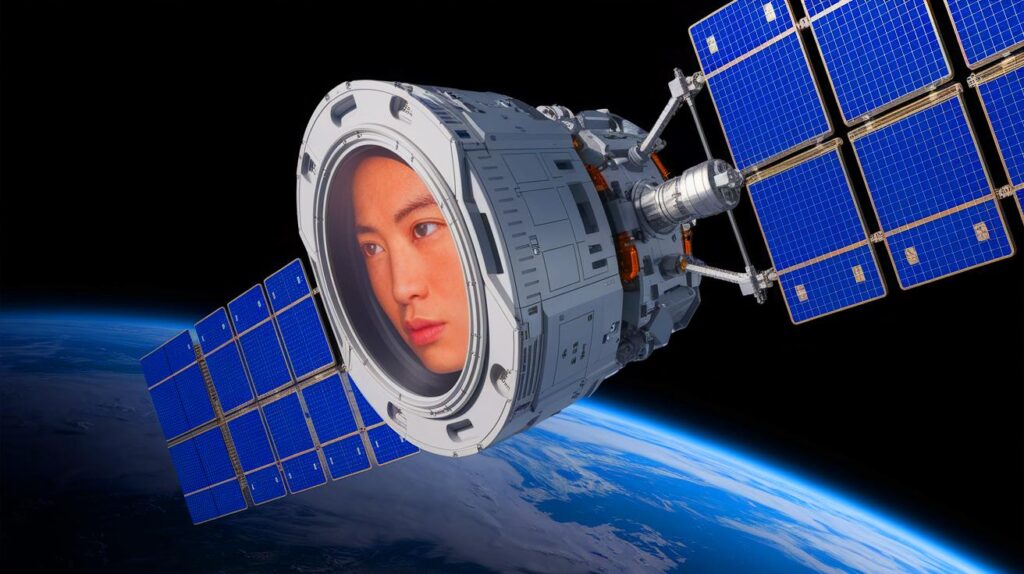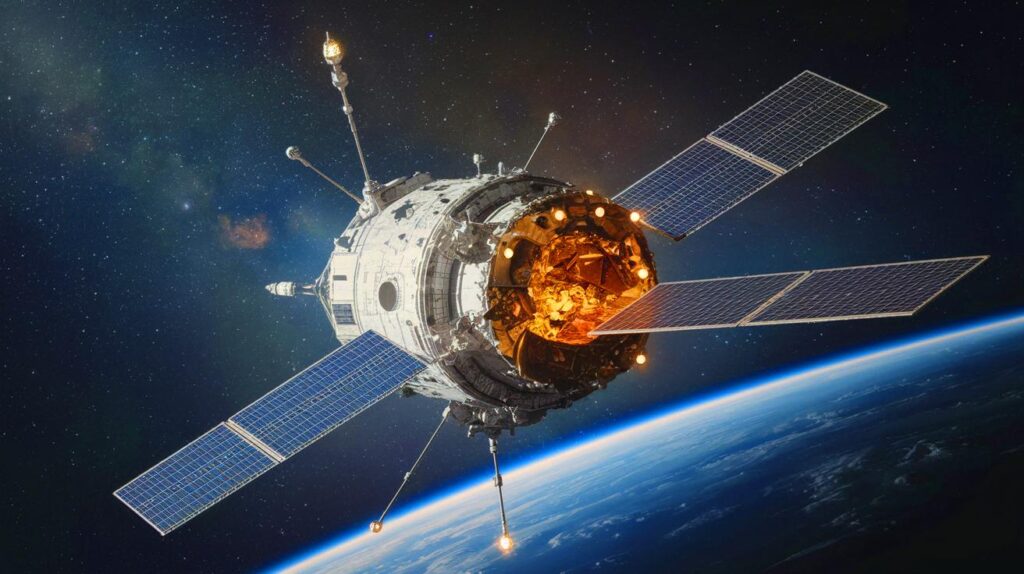| In Brief |
|
Technological advancements in battery technology have always captured our fascination and speculation. The idea of having a battery that can last decades without the need for recharging seems like something out of a science fiction novel. Yet, this is a reality that China is beginning to realize. With the introduction of nuclear batteries, a new era is emerging, promising to radically transform our use of electronic devices. But how does this revolutionary technology actually work, and what could its implications be for our daily lives?
The Technology Behind Nuclear Batteries
Nuclear batteries, unlike traditional rechargeable batteries, harness energy released from the radioactive decay of certain isotopes. Nickel-63 is at the heart of this energy revolution, an isotope with a half-life that allows for continuous energy production over several decades. Although this technology might seem dangerous, it is actually highly secure. The radioactive materials are contained in such a way that radiation cannot escape, making these batteries safe for everyday use. The promise of these batteries lies not only in their longevity but also in their ability to provide a constant and reliable energy supply.
One of the major challenges in designing these batteries is miniaturizing the technology while maximizing efficiency. Betavolt, a Chinese company, has achieved this feat with its BV100 battery, which is no larger than a coin. This innovation paves the way for diverse applications, ranging from implantable medical devices to space probes and personal electronic gadgets.
Potential Applications and Industry Impact
The ability of these batteries to provide long-term energy without recharging represents a major breakthrough, particularly for the medical sector. Medical devices like pacemakers could benefit from uninterrupted power, consequently reducing the need for repeated surgeries to replace batteries. In aerospace, these batteries could revolutionize space missions, powering probes or satellites for decades and eliminating the need for resupply missions.
For the average consumer, the concept of a smartphone or laptop that never needs recharging could significantly change our technology habits. Imagine never having to search for an outlet in a crowded airport or worrying about battery life during a long journey. However, the large-scale implementation of these batteries in consumer devices may require significant technological and economic adjustments.
Environmental and Safety Challenges
The use of radioactive materials inherently raises environmental and safety concerns. Although nuclear batteries are designed to be safe, the long-term management of radioactive waste remains an issue to address. It is vital that strict protocols be established for the handling and recycling of these materials to minimize environmental impact.
Furthermore, mass production of such batteries could require increased oversight to prevent any misuse for malicious purposes. International collaboration will be essential to establish safety standards and clear guidelines. This technological advancement, while promising, must be accompanied by responsible management to ensure its sustainability.
Future Perspectives and Upcoming Innovations
The rise of nuclear batteries may well signify the beginning of a new energy era. Researchers continue to explore other isotopes and technologies to further enhance the efficiency and safety of these batteries. Ongoing innovations could reduce production costs and make these technologies accessible to a broader range of industries.
The implications for the future are vast. Beyond consumer electronics and industrial applications, these batteries could play a critical role in the global energy transition. By providing an alternative to intermittent energy sources such as solar or wind, they could help stabilize power grids. The challenge remains: how can these technologies be ethically and sustainably integrated into our societies?
As we face these advancements, we must question the future of our energy consumption. Do nuclear batteries represent the future of sustainable energy or do they pose risks that are too significant to manage? What compromises will be necessary to incorporate these innovations into our daily lives while preserving our environment?







